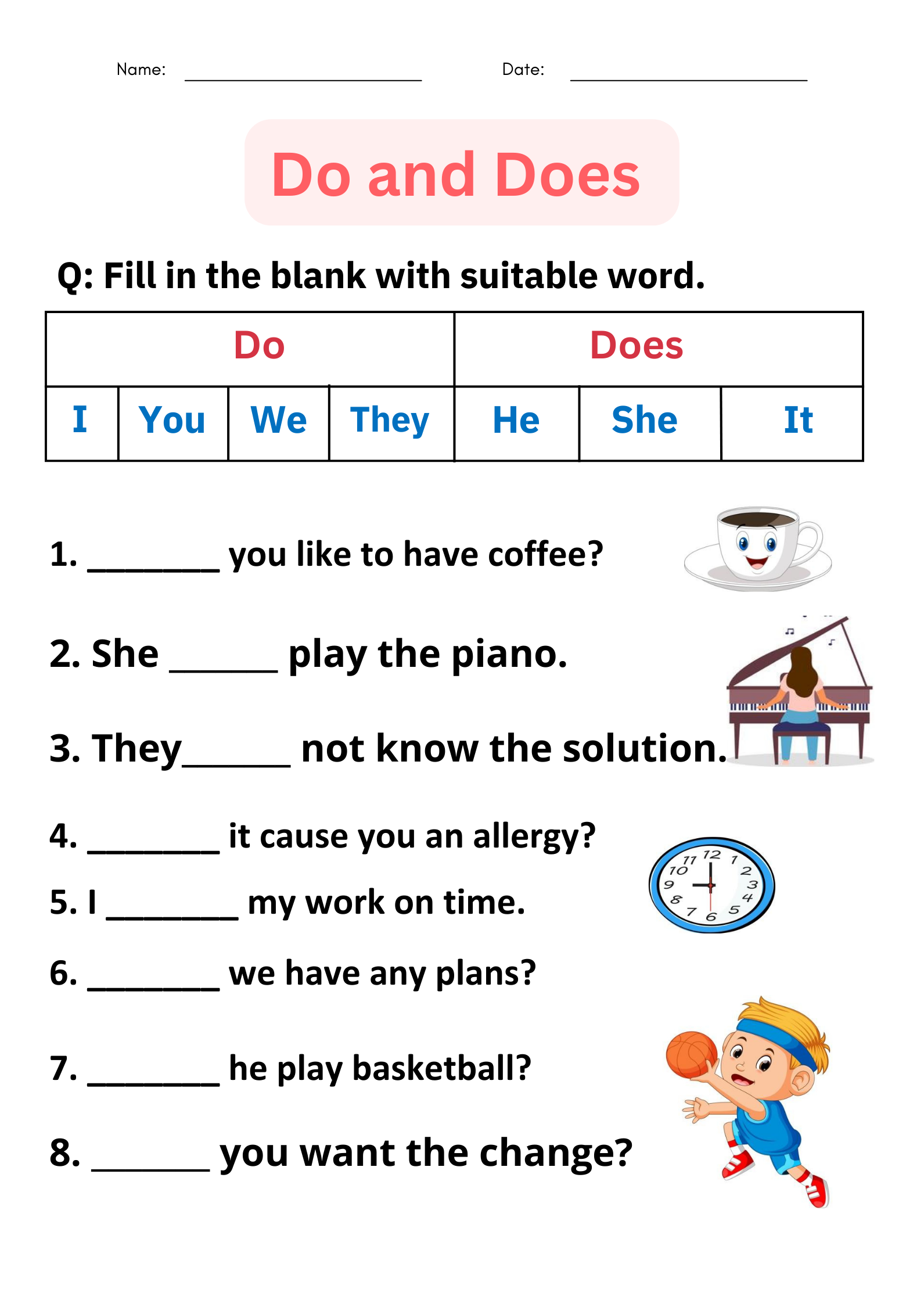Bachelor vs. Bachelor’s of Science, Master vs. Master’s: Correct Usage and How to List Degrees on a Resume
Overview: The Correct Way to Refer to Degrees-and How to Put Them on Your Resume
When discussing academic degrees, the most common mistakes involve where to place the apostrophe and how to capitalize the terms. This guide clarifies the difference between forms like bachelor vs. bachelor’s and master vs. master’s, explains when to write out the full degree (e.g., Bachelor of Science) versus the possessive form (e.g., bachelor’s degree), and shows exactly how to list your education on a resume with professional formatting. It also provides examples across fields and seniority levels, plus alternatives when you have ongoing or incomplete degrees.
Section 1: Is it Bachelor or Bachelor’s of Science?
Use the capitalized, non-possessive form when you include the specific degree name: write “Bachelor of Science” (not “Bachelor’s of Science”). This form functions as a proper noun naming the credential (similar to a program or award title). Universities commonly present the credential as “Bachelor of Science (BS)” or “B.S.” to denote the recognized degree, and their explanations reinforce the BA vs. BS distinction by title rather than possessive phrasing [1] . Broadly, institutions distinguish the BS as more technical and analytical, while the BA leans liberal arts, but both are titled without the apostrophe when fully named [1] . Reference resources further describe the BS as a formal degree title and list standard abbreviations (BS, B.S., BSc) as part of the conventional naming system-not the possessive form [2] .
Key takeaways:
- Correct: Bachelor of Science in Computer Science (BS)
- Incorrect: Bachelor’s of Science in Computer Science
- Correct in generic usage: a bachelor’s degree in computer science
Why this matters: Recruiters and ATS (applicant tracking systems) parse degree names as standardized credentials. Using the proper noun format for the specific award (e.g., Bachelor of Science) mirrors how universities describe programs and helps with accurate keyword matching [1] .
Section 2: Is it Master or Masters of Science?
Apply the same logic: when naming the exact degree, use the capitalized title “Master of Science” (MS or M.S.), not “Masters of Science.” The possessive form-“master’s degree”-is appropriate only when you are speaking generically and not naming the title of the credential. Degree taxonomies and naming conventions list Master of Science as the formal credential title, with abbreviations used in parentheses or after the field, rather than a possessive phrase [2] .
Key takeaways:
- Correct: Master of Science in Data Analytics (MS)
- Incorrect: Masters of Science in Data Analytics
- Correct in generic usage: a master’s degree in data analytics
Practical note: Schools that offer both BA and BS, or both MA and MS, emphasize curricular differences but still title the degrees with the non-possessive proper noun when fully named, aligning with the convention above [1] .
Section 3: How to Write Bachelor of Science on a Resume
There are three widely accepted resume formats for listing the Bachelor of Science. Choose one and apply it consistently.
Format A: Full Title with Abbreviation
Use this when you have space and want maximum clarity for both humans and ATS.
Example:
- Education
- University of X – City, State
- Bachelor of Science (BS), Computer Science
- Month Year – Month Year
Why it works: This format includes the formal title, the abbreviation, and the major, aligning with how institutions describe the degree and how ATS often parse credentials [1] .
Format B: Abbreviation, Major, Institution
Use this for concise layouts or when your experience section needs more space.
Example:
- BS, Computer Science – University of X, City, State – Month Year
Tip: Abbreviations like BS/B.S. and MS/M.S. are standard and recognized across regions, per common degree listings and style references [2] .
Format C: Field-First Emphasis
Use this to highlight the field prominently when it matches the job requirements.
Example:
- Computer Science, Bachelor of Science (BS), University of X – City, State – Month Year
Additional Elements to Consider
-
Honors and GPA: If cumulative GPA is 3.5+ or you have Latin honors, place on the same line or a sub-line. Example: Bachelor of Science (BS), Computer Science,
magna cum laude
. - Relevant coursework: Add 4-6 advanced, role-relevant courses to support junior candidates.
- Projects and labs: Briefly reference 1-2 capstones with measurable outcomes if they match the role.
Context: Institutions often differentiate BA and BS by curricular structure (e.g., STEM/quant-focus vs. broader liberal arts), so naming the degree accurately helps recruiters infer skill emphasis [1] .
Section 4: Grammar Rules You Can Use Everywhere
Apply these universal rules to avoid errors across your resume, cover letters, and LinkedIn profile:

Source: syracuse.com
- Use the possessive only with generic mentions: “I earned a bachelor’s degree” or “I’m pursuing a master’s degree.”
- Use the formal, non-possessive title with the specific credential: “Bachelor of Science in Biology,” “Master of Science in Finance.”
- Capitalize formal degree titles; lowercase generic mentions: “She holds a Master of Science” vs. “She holds a master’s degree.”
- Abbreviations: BS/B.S., MS/M.S., BA/B.A., MA/M.A. are all standard renderings listed in degree naming references [2] .
These practices align with how universities distinguish and title BA vs. BS programs in official materials, which improves clarity and consistency for hiring managers [1] .
Section 5: Examples for Different Scenarios
New Graduate (STEM)
Education Bachelor of Science (BS), Computer Science – University of X, City, ST – May 2025 Relevant Coursework: Algorithms, Data Structures, Operating Systems, Machine Learning Projects: Senior Capstone-Deployed route-optimization tool reducing runtime 42%.
Experienced Professional (Condensed)
Education BS, Electrical Engineering – University of Y – 2018
Ongoing Degree
Education
Bachelor of Science (BS), Data Science
– University of Z –
Expected
Dec 2026
Multiple Degrees
Education Master of Science (MS), Analytics – University A – 2024 Bachelor of Science (BS), Mathematics – University B – 2022
Note on pluralization when discussing multiple degrees: If you refer to degrees in general, you might write “bachelor’s and master’s degrees.” When referring to multiple specific programs collectively in discussion (not on a resume line), some guides informally use “bachelors of science” for multiple BS degrees, but formal listings still name each credential individually. Admissions and advising sources commonly explain the distinction between using the singular title for a specific degree and broader plural phrasing for general reference [3] .
Section 6: Step-by-Step-Update Your Resume Education Section
- Identify your exact credential. Confirm your institution’s diploma or registrar listing for the official title (e.g., Bachelor of Science vs. Bachelor of Arts) and abbreviation (BS/B.S.). Universities explicitly differentiate BA vs. BS in program pages and advising materials [1] .
- Choose a single format. Decide among Format A, B, or C above, and apply it to every degree for consistency.
- Add the field and institution. Include city and state; add graduation month and year. If pending, write “Expected Month Year.”
- Include distinctions that add value. Honors, GPA (if strong), and scholarships can follow the degree line.
- Tailor supporting details. Add 1-2 lines of relevant coursework or projects only if they strengthen your candidacy for the target role.
Section 7: Common Pitfalls and How to Fix Them
- Writing “Bachelor’s of Science”: Replace with “Bachelor of Science.” The possessive and “of” do not combine in formal degree titles. Program pages and degree references present the title without the apostrophe [1] [2] .
- Using inconsistent abbreviations: Choose BS or B.S. and stick with it across your document. Standard abbreviations are recognized in higher-education references [2] .
- Lowercasing formal titles: Capitalize the full, specific degree title (e.g., Bachelor of Science in Biology). Lowercase only generic mentions (e.g., a bachelor’s degree).
- Forgetting your field: Include your major where relevant. This helps recruiters interpret the curriculum emphasis, which often differs between BA and BS tracks [1] .
Section 8: Alternatives and Special Cases
Dual degrees: If you earned two separate bachelor’s degrees, list each on its own line, using the proper title for each. For example, “Bachelor of Science (BS), Economics” and “Bachelor of Arts (BA), Philosophy.” Schools may award either BA or BS in the same discipline, depending on curricular design, so use the exact title shown by your institution [2] [1] .
International variants: Some regions use BSc/ScB and may have three-year structures; still, list the full title used by the awarding institution for accuracy and verification. Reference sources note multiple abbreviations for the BS and that program lengths vary internationally, which you can reflect exactly as awarded [2] .

Source: atthecooltable.com
If unsure about your exact title: You can confirm via your registrar, diploma, or the official program catalog. When in doubt about linking, search the university’s official site by the program name and year of graduation.
Key Conclusions You Can Use Today
- Write the formal, non-possessive title for specific degrees: Bachelor of Science; Master of Science.
- Use the possessive only for generic mentions: bachelor’s degree; master’s degree.
- On resumes, prefer concise, consistent formats that include title/abbreviation, field, institution, and date.
- Match your institution’s exact naming to improve credibility and ATS parsing.
References
[1] Arizona State University (2025). BA vs. BS: Differences Between the Two Degrees.
[2] Wikipedia (n.d.). Bachelor of Science.
[3] CollegeVine (n.d.). Bachelor of Science vs. Bachelors of Science?
MORE FROM mumsearch.com













